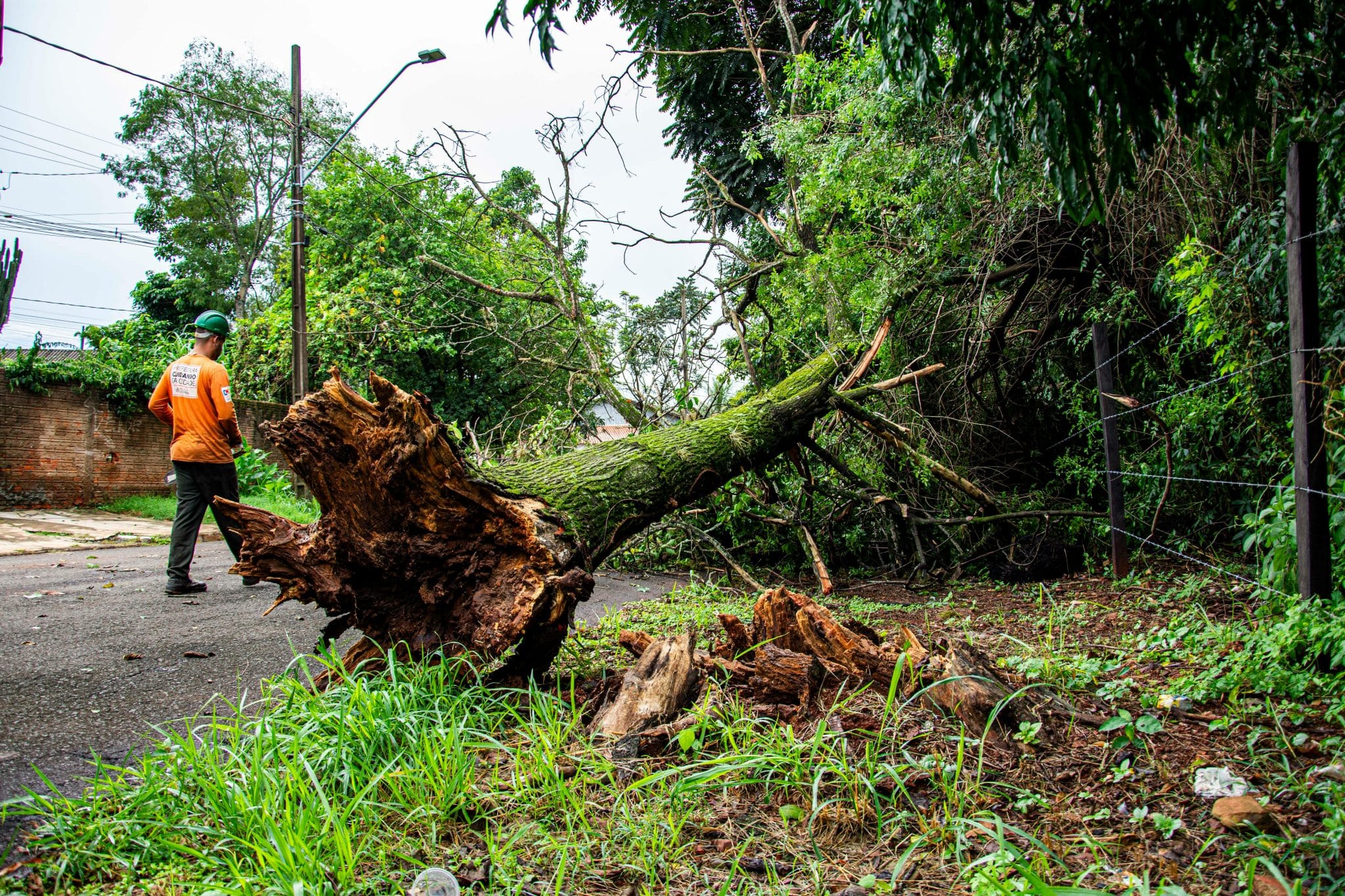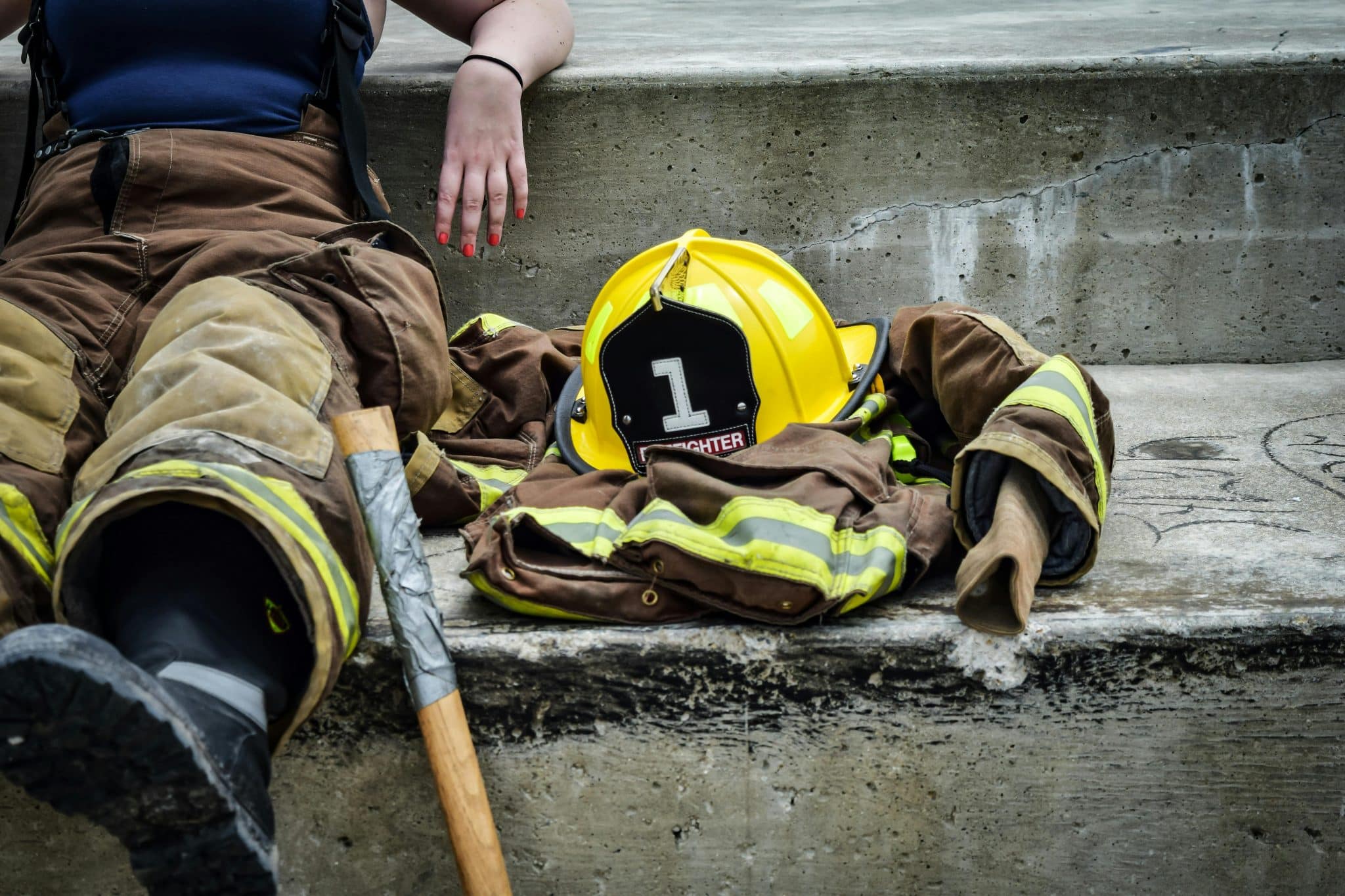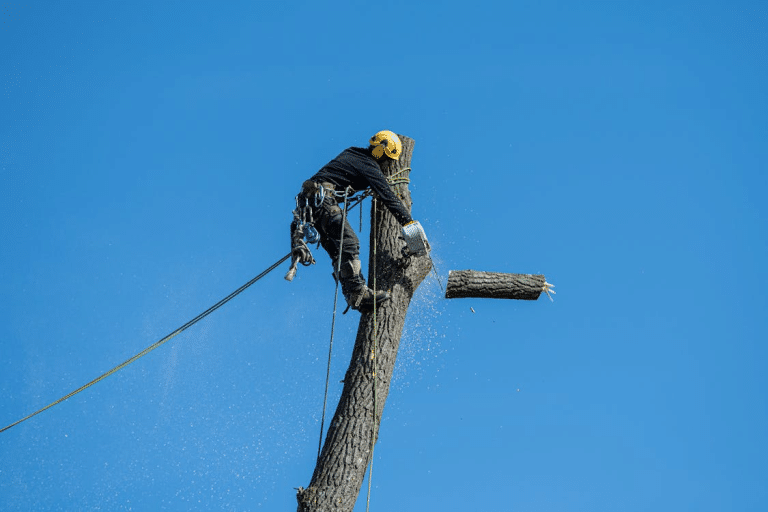A tree that once gave shade can turn risky after a stormy season. Heavy limbs split without warning after wind. Lean increases, bark cracks, and roots lift paving stones near paths. A clear plan helps you fix hazards without creating new ones.
Homeowners weigh cost, timing, and safety on every yard project they consider. Some work you can manage, and some work belongs with trained crews. If you live near busy suburbs or quiet acreage, the same principles still apply. Early research on tree removal Brisbane Southside shows how safe, reliable service sets expectations you can use anywhere.
Confirm Rules, Easements, And Utilities First
Local rules shape what you are allowed to cut, even on private property. Street trees and declared species often carry limits. Permits may apply, and fines can follow for work outside those rules. Call the responsible office, then record what approvals the work requires.
Underground and overhead services change how a job should run safely. Use your local locate service before digging or grinding. Wait for markings to appear and keep clearance from service drops to the house. Plan cuts and rigging with those constraints in mind carefully.
Shared boundaries add one more check that prevents disputes later. Look for easement markers on your survey or title documents. Speak with neighbors if roots or limbs cross fences on either side. A short talk now avoids longer conflict when chips start flying.
Have a written plan that includes contacts, approvals, and marked lines. Keep it handy for the crew supervisor on the first walkthrough. Store photos of markings and fence lines with dates and times. Good records help if questions arise after the work finishes.
Decide If Removal Is The Right Call

Not every problem calls for a saw and a truck quickly. Some trees recover with corrective pruning and structural cabling. Others respond to soil fixes, better drainage, and careful watering. Walk through a simple triage before you choose removal at speed.
Use this quick screen before booking heavy gear:
- Does the trunk show cracks on more than one side recently.
- Has the lean appeared suddenly and increased within recent weeks steadily.
- Are major roots severed, lifted, or showing soft decay at ground level.
- Is more than half the canopy dead, bare, or dropping limbs frequently.
A yes on two or more points points to removal soon for safety. A single yes calls for closer inspection and monitoring carefully. Take and date photos from the same position every week for comparison. Notes help you discuss options with a professional crew later.
Check targets around the tree during your assessment as well. Roofs, play areas, paths, and sheds affect urgency and method. A small defect over open lawn may wait for cooler weather. The same defect over a bedroom may demand faster action safely.
Match The Method To The Site
Small trees in open yards often come down in full sections cleanly. Taller trees near roofs, pools, or glass need slower piecework. Crews may lower limbs with ropes to avoid damaged tiles and fences. The setup changes with access, equipment, and site limits constantly.
Plan staging for trucks, chippers, and stump grinders with clear paths. Mark the travel route to protect lawn, edging, and irrigation lines. Cover fragile beds with plywood sheets to spread weight evenly there. Move outdoor furniture and grills beyond the work zone early.
Think about weather, soil moisture, and wind before you pick dates. Soaked soil can shift under weight and tilt ladders or lifts quickly. High heat raises risk for workers and tools during long days. Choose a calm, dry window and set early starts to lower stress.
Decide what happens to debris before the first cut begins always. Will the crew chip on site and haul everything away promptly. Do you want mulch saved for beds or paths around gardens. Clear answers here avoid surprises in the final invoice presented.
Plan the stump now so the yard recovers without lingering problems. A cut stump can sprout, shift soil, and host pests quickly. Typical grinding depth drops below grade to allow turf above later. Deeper grinding helps if you plan a small replacement nearby soon.
Price, Insurance, And Proof Of Skill
A fair quote explains method, crew size, gear, and cleanup in writing. Ask if haul away, stump grinding, and lawn repair are included. Compare like for like details when you evaluate competing bids carefully. A lower number with vague notes often costs more at the end.
Request current insurance certificates sent directly from the provider. Verify workers compensation and public liability coverage dates thoroughly. Ask about training and certifications for the lead climber or operator. You want proof that safety practice is routine, not occasional.
Look for signs of safety culture on arrival before any cutting. Hard hats, eye protection, and hearing protection should be standard. The lead should walk the site with you and call out hazards. A short pre job brief shows they plan to work with care always.
Ask how they protect property during rigging and chipping nearby. Listen for plans about drop zones, spotters, and clear signals always. Confirm how they cover pools, protect pavers, and avoid irrigation lines. Detailed answers signal experience you can trust under pressure.
Confirm timing, access, and neighbor notices in the written scope. Set daily start and stop times that suit your area rules. Note who handles permits and green waste disposal on completion. Clarity here prevents friction when schedules change or trucks arrive.
Make The Call With Safety First

Tree removal touches safety, rules, costs, and the health of your yard. Start with approvals, utilities, and a careful risk review first. Choose a method that respects structures, soil, and weather conditions right now. Then weigh true costs of time, gear, and potential damage realistically.
When the job calls for expert hands, bring in a crew with proof. Look for many seasons of work with similar trees and access constraints. Watch how they plan, protect, and communicate before the first cut begins. That calm process usually saves money and stress over the full project.
Make The Call With Safety First
A steady checklist prevents rushed choices when trees fail near homes. Confirm rules and utilities, review risks, and choose the right method. Write scope details, verify insurance, and set debris and stump plans. Careful preparation keeps people safe and leaves your yard ready for new growth.













